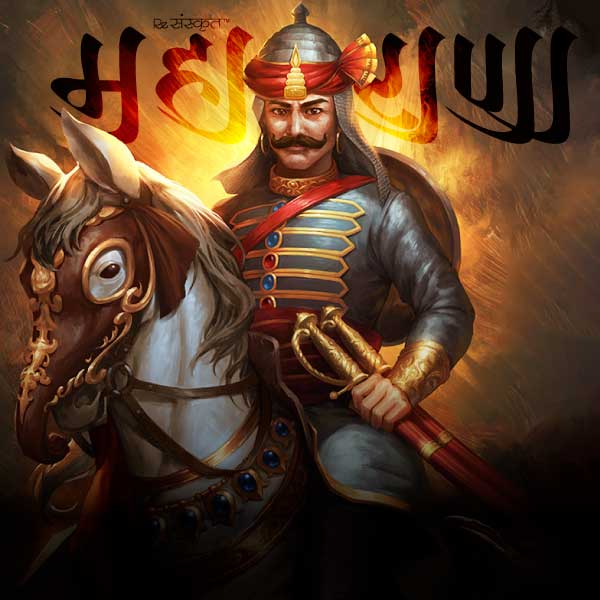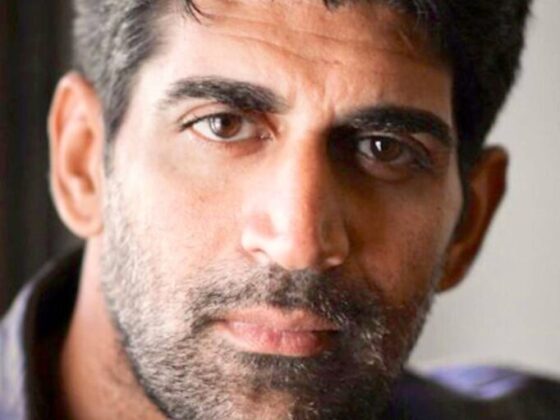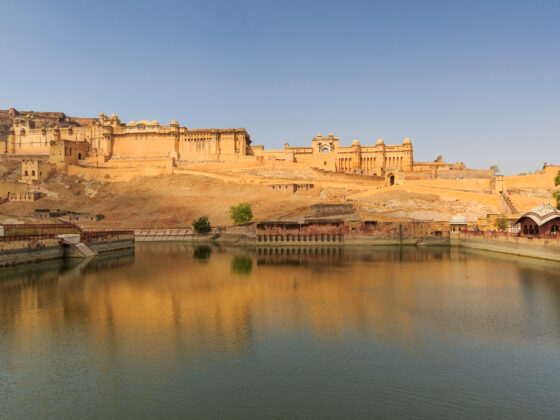Maharana Pratap: The Lion of Mewar

Introduction
Maharana Pratap, the legendary ruler of Mewar, is one of the most revered warriors in Indian history. Known for his indomitable spirit, relentless resistance against the Mughal Empire, and deep commitment to the values of honor and independence, he remains an inspiration for generations. His remarkable battle strategies, courage, and unwavering patriotism made him a symbol of Rajput pride. This article explores the life, battles, and legacy of Maharana Pratap, the Lion of Mewar.
Early Life and Coronation
Born on May 9, 1540, in Kumbhalgarh, Rajasthan, Maharana Pratap belonged to the Sisodia clan of Rajputs. His father, Maharana Udai Singh II, was the founder of Udaipur and the ruler of Mewar. Pratap grew up amidst an atmosphere of warfare and honor, which shaped him into a fearless warrior.
After the demise of Udai Singh II in 1572, a power struggle ensued within the kingdom. Though his younger brother Jagmal was initially declared the heir, Maharana Pratap was ultimately chosen as the ruler of Mewar due to his leadership abilities and dedication to his people.
The Struggle Against the Mughals
During Maharana Pratap’s reign, the Mughal emperor Akbar sought to expand his empire and bring Mewar under his control. Despite multiple diplomatic efforts, Pratap refused to submit to Mughal rule, choosing instead to defend Mewar’s independence.
The Battle of Haldighati (1576)
One of the most historic battles in Indian history, the Battle of Haldighati, took place on June 18, 1576. Akbar sent his trusted general, Man Singh I, to confront Maharana Pratap. Though vastly outnumbered, Pratap and his army fought with unmatched bravery.
Highlights of the Battle:
- Maharana Pratap rode his loyal horse Chetak, which played a crucial role in the battle.
- The Rajput army, consisting of around 3,000 warriors, faced over 20,000 Mughal soldiers.
- Despite his valiant efforts, Pratap had to retreat into the Aravalli hills, adopting guerrilla warfare tactics.
- The Mughals failed to completely subdue Mewar, and Pratap continued to resist for many years.
Guerrilla Warfare and Resurgence
Following his retreat from Haldighati, Maharana Pratap adopted guerrilla warfare tactics, striking Mughal forces unexpectedly and avoiding direct confrontations. He lived in forests, relying on limited resources while inspiring his troops with the hope of reclaiming Mewar’s lost territories.
Over time, Maharana Pratap successfully recaptured several strategic locations, including Kumbhalgarh, Gogunda, and Chavand. His resilience ensured that Mewar never completely fell under Mughal rule.
Maharana Pratap’s Personal Life and Sacrifices
Despite his royal lineage, Maharana Pratap endured extreme hardships. He and his family lived in dire conditions, often surviving on grass rotis (bread made of wild grass). His sacrifice and determination symbolized the highest ideals of Rajput valor.
His unwavering loyalty to Mewar and refusal to surrender to the Mughals made him a revered figure. Unlike many other Rajput rulers who accepted Mughal suzerainty, He stood firm in his resistance.
Legacy and Death
Maharana Pratap passed away on January 19, 1597, due to injuries sustained in a hunting accident. Even in his final moments, his only regret was that he could not liberate Chittorgarh from Mughal control. His life exemplifies courage, sacrifice, and unwavering devotion to his land and people. His descendants continued to rule Mewar with pride, never accepting Mughal dominance.
Maharana Pratap’s Influence in Modern India
Maharana Pratap is celebrated as a national hero, and his tales of bravery are taught in schools across India. Several monuments, museums, and memorials, such as the Maharana Pratap Memorial in Udaipur, honor his contributions.
Lessons from Maharana Pratap’s Life:
- Resilience and Courage: Never back down in the face of adversity.
- Patriotism: A ruler’s duty is to serve his people selflessly.
- Honor and Integrity: Standing by one’s values, even in the toughest situations, defines true leadership.
Conclusion
Maharana Pratap’s life is a testament to the spirit of resistance and self-respect. He remains a symbol of Rajput valor, admired for his commitment to his people and his undying love for his motherland. Even today, his story continues to inspire warriors, leaders, and patriots alike.
As we remember Maharana Pratap, we honor the Lion of Mewar—a warrior who never surrendered, a ruler who never compromised, and a legend who remains immortal in the annals of Indian history.







